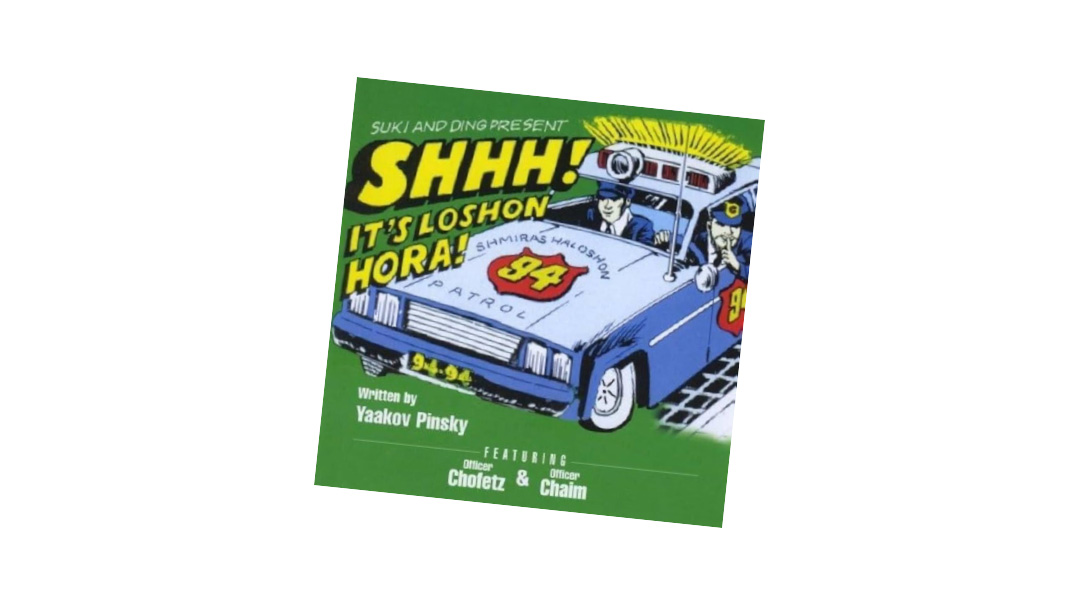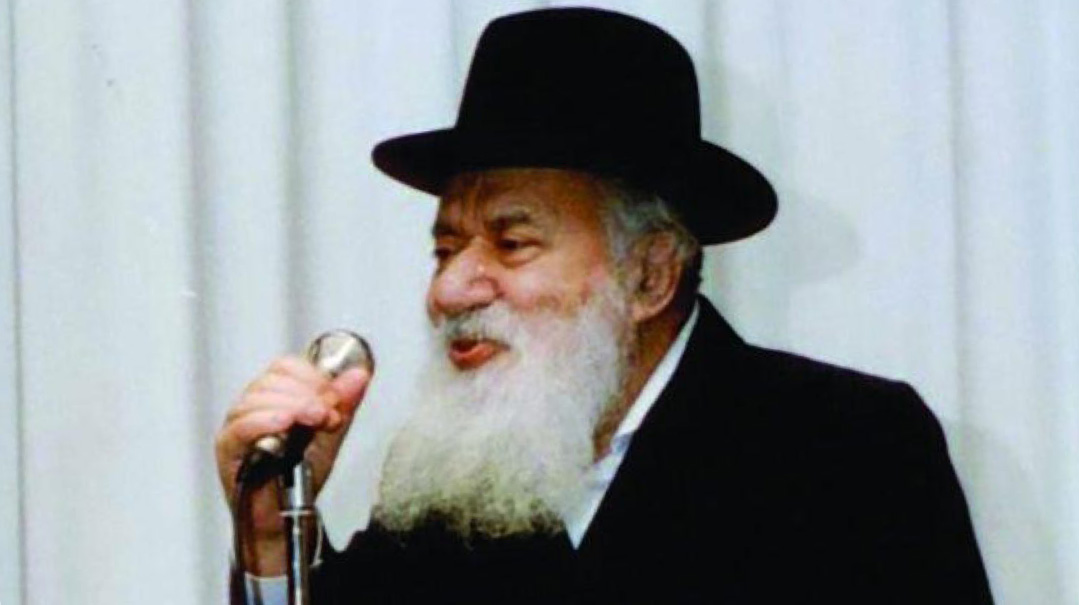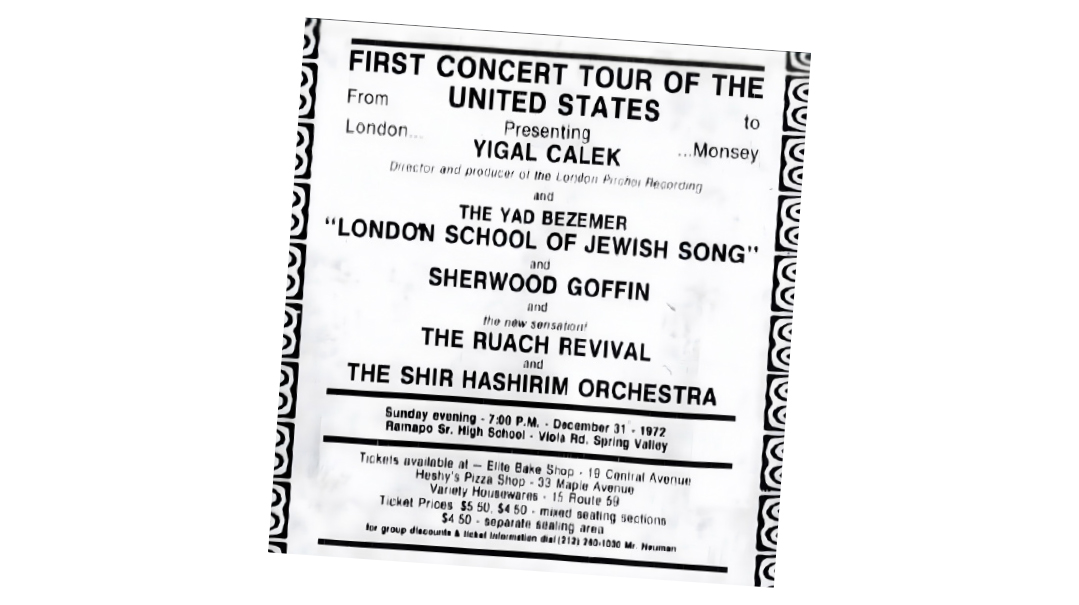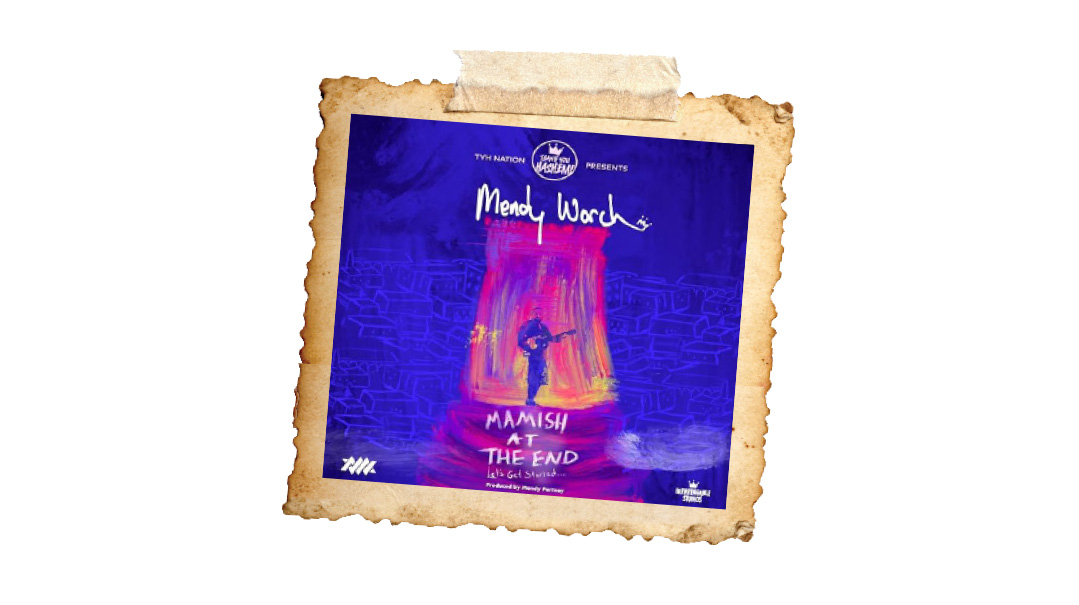In Record Time

Who would have believed that a group of young, inexperienced yeshivah bochurim were the catalysts to help so many young people become frum?
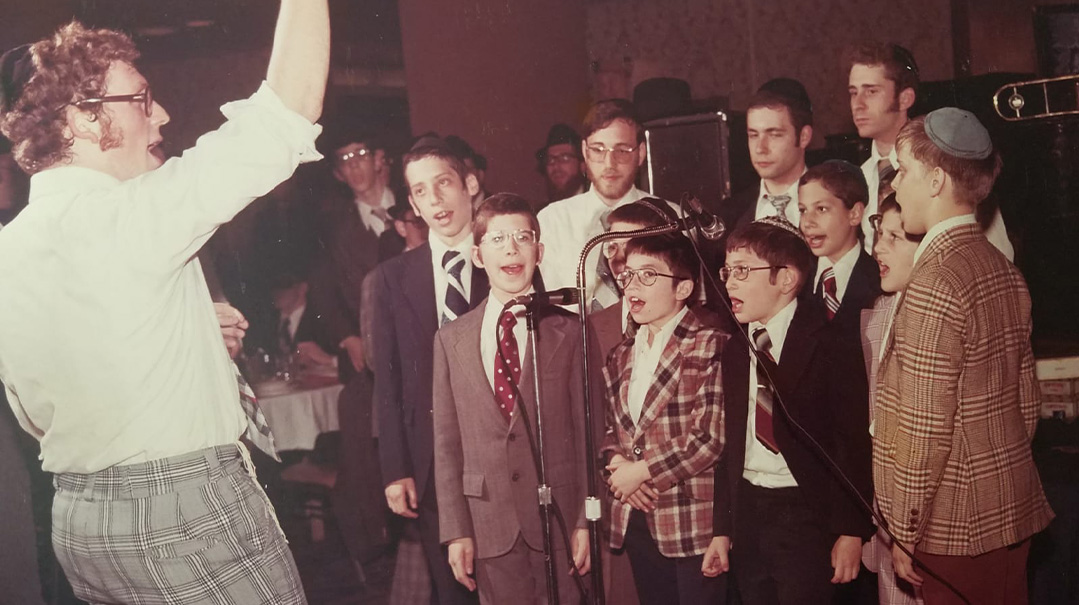
As a young high school student, I had no idea what the inside of a music studio looked like. One day, exactly 50 years ago, my older brother, Yosef Chaim, came home and presented us with an album — the very first JEP record, which he told us he’d actually created. “What does that mean? Did you sing on it?” I asked him innocently. After he gave me his trademark older-brother glare, I took the record with me into my room and played it on my record player. Half a century later, I’m happy to pass the pen to my brother Rabbi Golding, today CEO of Hatzoloh of Rockland County, for the real JEP backstory.
After we’d run a lively JEP (Jewish Education Program) shabbaton on Long Island in early 1973, Rabbi Mutty Katz approached me with an idea: As one of the children had a great voice, and as more of our songs used original English lyrics that public school kids understood, maybe we make a record?
And, if the record took off, the proceeds would go to establish a JEP scholarship fund to help subsidize tuition payments for public school children who agreed to make the switch to yeshivos.
At that stage of my life, I had zero experience with Jewish music, other than Color War grand sings in Camp Kol-Ree-Nah. Nevertheless, I approached my talented chavrusa, Moshe Hauben, a longtimer at Camp Agudah, and the two of us decided to jump in. We asked some of our Camp Torah Vodaath friends to join us in a strategy meeting to see if we could assemble ten Color War songs with Torah values. Joining us was Chaim Schmell, who had written “Six Million Tears” for a music night in Camp Torah Vodaath a couple of years earlier. He’d be a great choir leader... but we didn’t yet have a choir.
We then approached Isaac Gross and Yisroel Lamm of Neginah Orchestra fame, who loved our idea and worked with us on a shoestring budget of slightly over $5,000. But we didn’t have that kind of money either.
Despite the dirth of resources, the school administrators of Torah Vodaath, Toras Emes, and Torah Temimah (then called Torah Vodaath of Flatbush) were eager to help us with this mitzvah project, and allowed us to test and choose boys from their respective yeshivos for the choir.
When we reached out for funding, we were told that English lyrics would never sell, and came away empty-handed. Not to be deterred, and confident in our plan, we bravely borrowed the money from several friends — and the first JEP record was on its way.
We rehearsed Friday afternoons in the old 14th Avenue Agudah building and added an adult choir to the mix, including Rabbis Heshy Grunberger, Berel Leiner, Shmuel G. Pollak, and David Avigdor (later albums included Ali Scharf, Rivie Schwebel, Yossie Sonnenblick, the Blumstein twins, Avrumi Flam, Bumie and Bency Schachter, plus someone named MBD). Several of the theme songs were written by Rabbi Yonah Weinrib — and soon JEP Sings Reach Out began to take shape.
The day of the actual vocal recording was a first for many of us, so Rabbi Eli Teitelbaum a”h (of Pirchei and Sdei Chemed fame) volunteered to join us as an advisor.
“Nikolai,” a song that was adapted from an alma mater in Camp Kol-Ree-Nah (composed by the multitalented Heshy Walfish with lyrics by Rabbi Chezky Kornfeld, who’s been a Chabad outreach rav in Seattle since 1974), was in the form of a letter from an American yeshivah student to a Russian Jew trapped behind the Iron Curtain.
Usher Bryn voiced the opening words: “Yom Daled, Chaf Zayin Sivan, Taf-Shin-Lamed-Gimmel, New York City: Dear Nikolai…” And Heshy began singing: “How are you my dear Nikolai, what’s new behind the iron wall?” When he reached the words: “Your plight pierces my soul, a Jew truly exiled,” we knew we had a winner.
The very day the record was released, exactly 50 years ago this week, we were able to repay the friends from whom we had borrowed the $5,000; the naysayers were proven wrong and English lyrics became a mainstay in the industry; and most important, we would now have a JEP scholarship fund — which over the years has boasted untold numbers of shomrei Torah umitzvos as a result of these camp and yeshivah scholarships.
We soon began working on JEP II (1975), followed by JEP 3 (1977), and JEP 4, “Someday We Will All Be Together” (1978-9), featuring Mordechai Ben David. After an 18-year hiatus, JEP 5 was released to wide acclaim.
Looking back, who would have believed that a group of young, inexperienced yeshivah bochurim were the catalysts to help so many young people become frum, while at the same time changing the parameters of Jewish music?
(Originally featured in Mishpacha, Issue 965)
Oops! We could not locate your form.

